About Rasgulla
While the origin story of this treat is hotly contested in some circles, I know rasgulla to be a famous Bengali sweet made from milk. To make rasgulla recipe, milk is curdled and drained of whey to make chenna, which is essentially a fresh cottage cheese. The chenna is then kneaded with some semolina(rava or suji) or all purpose flour (maida). Round balls are made from the kneaded chenna, which are then cooked in sugar syrup. The final touch is to scent the syrup with either aromatic cardamom or rosewater. The end result of this process is a pot full of sweet, syrupy cheese dumplings that are downright addictive.
About This Recipe
Rasgulla is our favorite Bengali sweet. It is also one of those few recipes for which I have received a shocking amount of requests. Although making rasgulla can be tricky, this post will help you to get it right. After much trial and error, I have found that this method will result in the juiciest, spongiest dumplings! They’re so soft that they spring right back when you touch them. YUM! In this rasgulla recipe post, I offer many tips and suggestions wherever possible so that you can easily make this tasty milk dessert at home. These round white beauties stay good for a week in the refrigerator, so they are an excellent recipe for those of you who like to plan ahead. Serve them plain as a simple sweet, or make Rasmalai with them. This recipe yields 18 to 20 rasgulla.
How to Make Rasgulla
While this recipe isn’t particularly difficult, there are quite a few steps involved. I have divided the rasgulla recipe into four parts for ease of reading: On a side note, I kneaded the chenna and cooked the sugar syrup simultaneously to save time. You can opt to prepare the chenna balls first and then make the sugar syrup if you are feeling overwhelmed.
Make Chenna
- Take 1 litre of whole milk in a pan and bring it to a low boil on a low to medium heat. NOTE: I used organic cow’s milk, which does not have much fat. If you use buffalo milk, it has too much of fat and makes for a thick layer of malai/cream floating on top. You have to remove the thick layer of malai before you proceed with the making of chenna.
- While the milk is heating up, line a mesh strainer or colander with a piece of cheese cloth or muslin.
- Keep stirring the milk at intervals. This will help to prevent froth from forming on top and the base from scorching.
- When the milk comes to a boil, then reduce the heat to its lowest. Add 1 to 3 tablespoons of lemon juice. Start with just 1 tablespoon of lemon juice and stir very well. If the milk has not curdled completely, then add more. Keep the lemon juice handy so you can add it as needed. NOTE: Depending on the quality of milk, you may need extra acid to get the milk to curdle. Vinegar also can be added instead of lemon juice. Another option is curd/yogurt. Add 4 to 5 tbsp of yogurt (or more if required).
- As soon as the milk curdles, switch off the heat. The milk should curdle completely and you should see a green watery whey.
- Now pour the curdled milk in the cheese cloth/muslin lined strainer or bowl. TIP: The whey is very nutritious, so don’t discard it! Add it to your chapati dough or in dals or curries.
- Gather the muslin from the sides and rinse the chenna or coagulated milk solids very well in running water. This brings down the temperature of chenna as well as removes the lemony flavor and tangy taste from the chenna. NOTE: If you used yogurt/curd in place of the lemon, you don’t need to rinse the chenna in water.
- Now squeeze the muslin with your hands very well so that excess water is drained from the chenna. Any excess moisture in the chenna will cause the rasgulla to break when cooking.
- Place a heavy weight on the chenna for 7 to 8 minutes, or hang it for about 30 minutes.
- After the chenna is thoroughly drained, remove the cheesecloth. Think of chenna like Goldilocks – it should not have too much moisture nor be too dry. The texture below is just right!
Make Rasgulla Balls
- Add 1 teaspoon unroasted sooji, rava or semolina. The rava I had was coarse, but a finer one will also work well. NOTE: You can substitute all purpose flour/maida to bind the dough. For a gluten-free option, add 1 teaspoon cornstarch instead of semolina or all purpose flour.
- First mix the sooji with chenna and then begin to knead. If you see that the chenna is watery, then you have a bit too much water. You can add some maida (all purpose flour) so that extra moisture is absorbed. Alternatively, keep a heavy weight on the chenna again so that the extra water or whey gets drained. If the chenna looks crumbly and dry, then this means that you need some more moisture. To correct this, sprinkle 1 to 2 teaspoons of water while kneading.
- With the heels of your palms, mash the chenna and knead. Keep on collecting the chenna from the sides and continue to mash and knead. This kneading process is very important and also decides the texture of chenna. When you feel your palms becoming a bit greasy, it is time to stop. Just a bit of greasiness is required. Avoid kneading to an extent where the whole chenna becomes greasy. I kneaded for about 10 minutes as I have very light hands. Depending on the quality of chenna and the pressure you apply while kneading, you can take more or less time.
- Knead to a smooth ball of chenna which should be able to come together without breaking or falling apart.
- A close up photo showing you the texture of the chenna dough.
- Now pinch small portions from the chenna and roll them between your palms to a smooth round ball.
- Prepare all small balls this way. There will be some fine cracks on the chenna balls. Don’t worry! This is normal.
- Cover all the chenna balls with a moist muslin or kitchen towel and keep aside.
Make Sugar Syrup
- In a large pot, take 2 cups sugar. 20. Add 4 cups water (1 litre). Be sure to use a large pot or pan so that there is enough space for the rasgulla to cook and increase in size. You can also use a stovetop pressure cooker. I used a pot measuring 8.5 inches in diameter and 4.5 inches in height, roughly 3.5 litres. NOTE: I used organic raw sugar, hence the golden tones to it. White sugar will also work just fine.
- Heat the sugar solution on the stovetop over medium heat, stirring so the sugar dissolves. You don’t need to boil the solution. If there are impurities in the sugar solution, then move to the next step. If no impurities, then move to Step 25. NOTE: To save time, I kneaded the chenna and cooked the sugar syrup simultaneously.
- Add 1 tablespoon of milk and stir. Adding milk helps in removing impurities. If there are no impurities, then you don’t need to add milk and may directly proceed to step 25.
- Once the sugar solution becomes hot, the impurities begin to float on the top.
- You can either remove them with a spoon…
- Or choose to strain the impurities in a cheese cloth/muslin lined strainer. I prefer this method.
- Reserve ½ cup of sugar solution to add later while cooking the rasgulla.
- Reserve another 1 cup of the filtered sugar solution in a serving bowl.
- Add the rest of the sugar solution (approximately 2.5 cups) back to the same large pot and bring it to a boil on a medium high heat.
Cook Rasgulla
- Gently slide the rasgulla balls into the sugar solution.
- Once all the rasgulla have been added to the sugar solution, gently shake the pot. Don’t stir the rasgulla with a spoon.
- Cover immediately with a lid and let them cook. Keep the heat to a medium or medium high.
- After 4 minutes, open the lid and add ¼ cup of the reserved sugar solution. Shake the pot. Adding the reserved sugar solution ensures that the temperature and consistency of the sugar solution is maintained and the sugar does not cook to thread stage.
- Cover again and continue to cook.
- After 4 minutes, again add ¼ cup of the reserved sugar solution. Cover and again cook for 2 minutes. In total, the rasgulla balls cooked for about 10 minutes. After 10 minutes, they had increased in size and were done.
How to Know When Rasgulla Are Done
- You have to check the doneness while the rasgulla are simmering. Once the rasgulla are cooked through, switch off the heat and keep the pot down. The time to cook rasgulla will vary depending on the thickness and quality of pot; the size of pot; and the intensity of the heat. The time range can be somewhere between 7 to 11 minutes. So you can add the ¼ cup sugar syrup after 2 to 3 minutes also instead of 4 minutes. I used a thick bottomed wide and deep pot, so the cooking time was slightly more for me.
- There are two ways to check the doneness of rasgulla.
First method is to place the rasgulla in a bowl or cup of water. If the rasgulla sinks to the bottom and stays there, its cooked.Second method is to press a small portion of the rasgulla with your finger. If the pressed portion bounces back to its original shape, its done.
Soaking Rasgulla in Sugar Syrup
- Once they are cooked, take each rasgulla with a spoon.
- Place it in the serving bowl containing the reserved 1 cup of sugar solution. Cover and keep aside.
- Let the sugar solution in which the rasgulla were cooked cool to a warm temperature. Then add this sugar solution to the serving bowl containing the rasgulla.
- Once the whole mixture has cooled down, add 1 to 2 tablespoons of rosewater. Stir gently. Allow them to soak in the syrup for about 30 minutes, so that the flavors infuse the rasgulla. TIP: Some flavoring has to be added, otherwise you will get a milky taste in the rasgulla. In case the milky taste is there, then you can increase the amount of rosewater or add 1 teaspoon cardamom powder. NOTE: If you don’t have rose water you can substitute kewra water (pandanus water) or ½ teaspoon cardamom powder. You can even use both rosewater and cardamom powder.
Storage and Serving Suggestions
- You can serve the rasgulla now or refrigerate them and serve later cold. Keep them covered in an air-tight container. Rasgulla keeps well for about a week in the refrigerator. Do not keep them at room temperature. While serving place the required amount of rasgulla in each serving bowl. Pour a few tablespoons of the sugar syrup in the serving bowl. If you like garnish with some slivered nuts like almonds or pistachios. Please be sure to rate the recipe in the recipe card or leave a comment below if you have made it. For more vegetarian inspirations, Sign Up for my emails or follow me on Instagram, Youtube, Facebook, Pinterest or Twitter. Rasmalai Recipe | Rasmalai Sweet Sandesh Recipe Cham Cham Sweet Recipe | Chum Chum Recipe | Chom Chom Recipe Payesh Recipe | Nolen Gurer Payesh This rasgulla recipe from the archives, first published in Jan 2015 has been updated and republished on 30 October 2021.
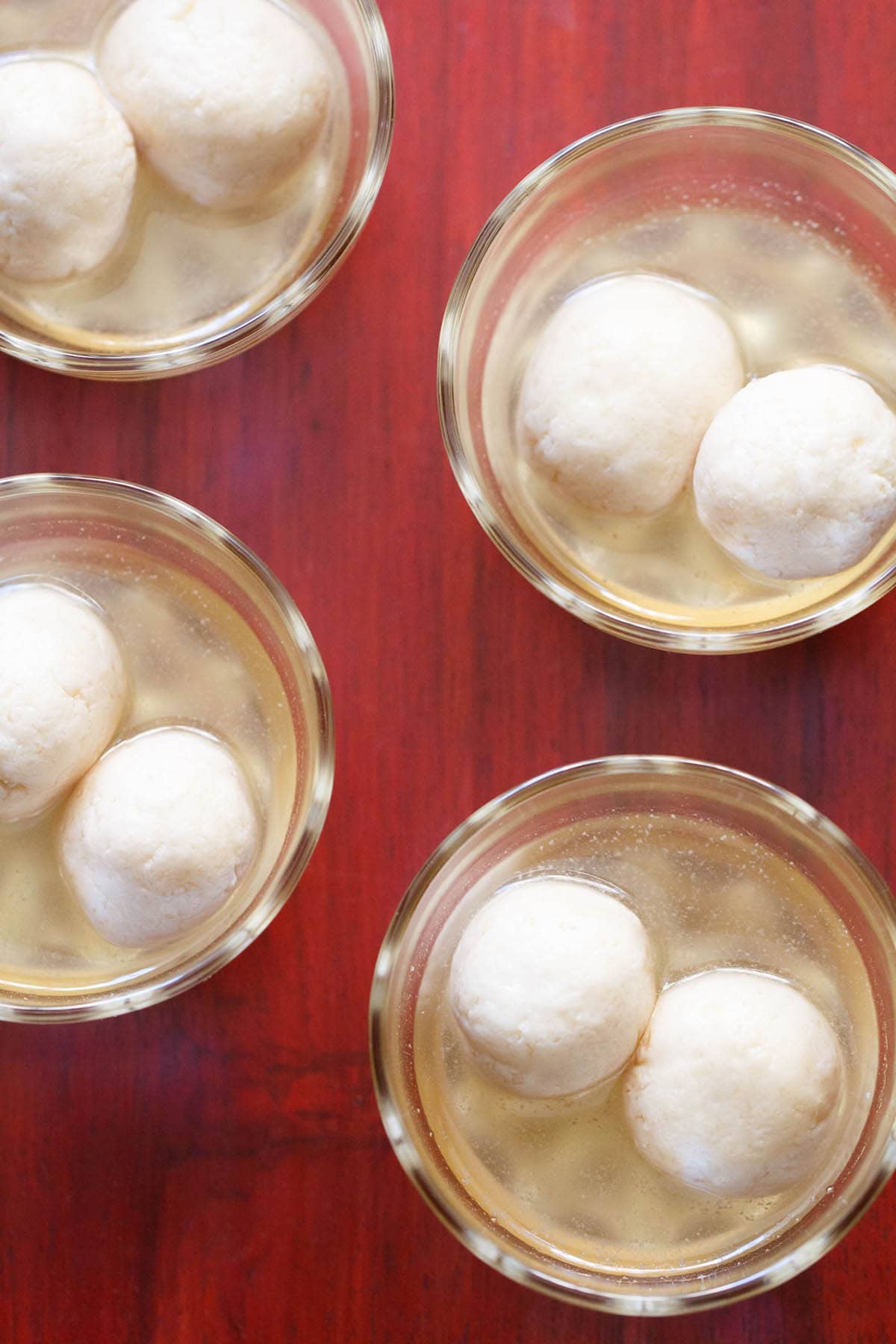
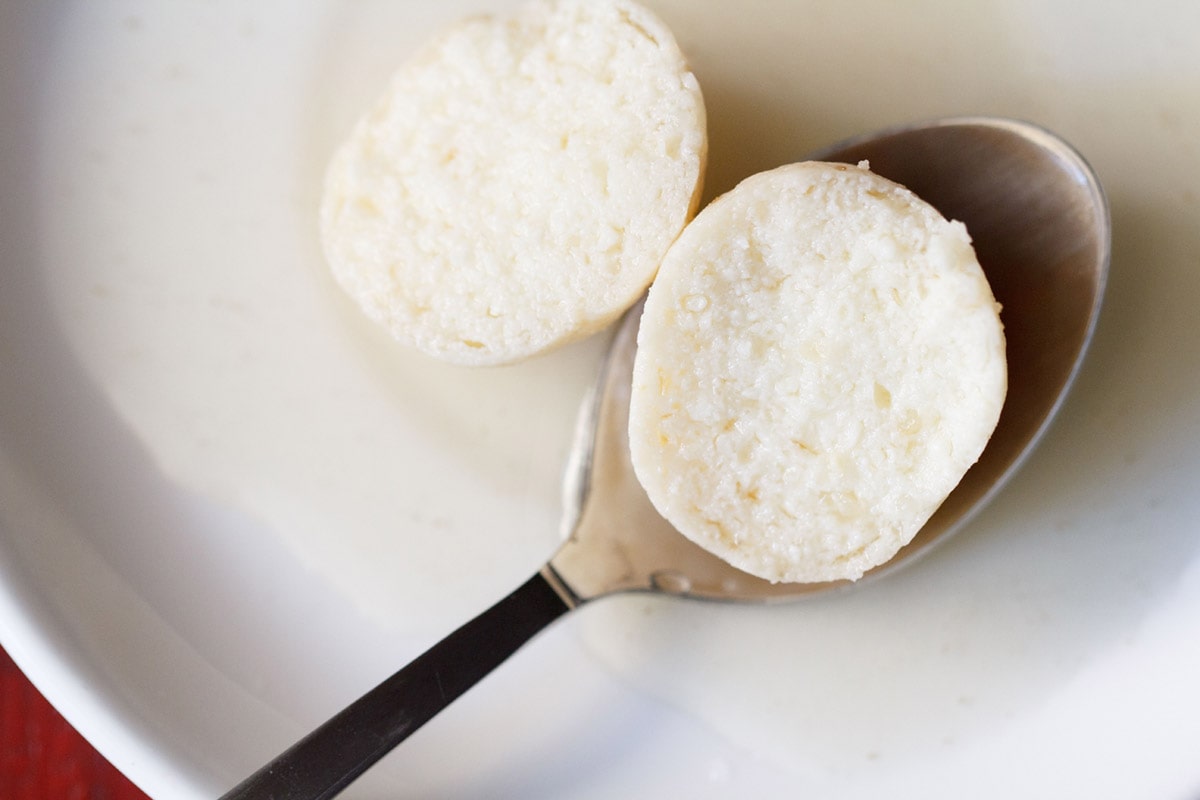
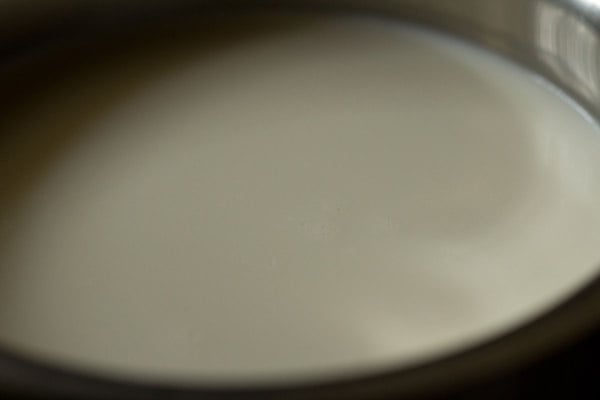
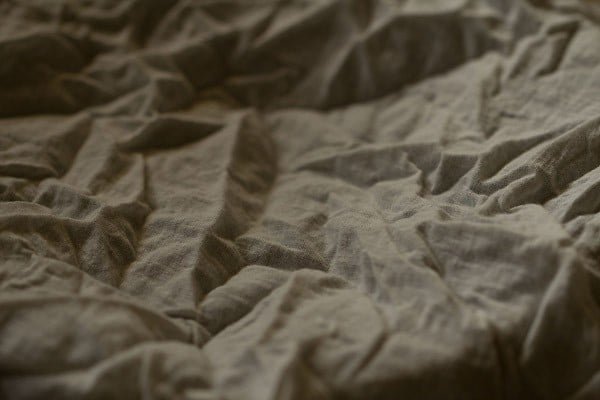
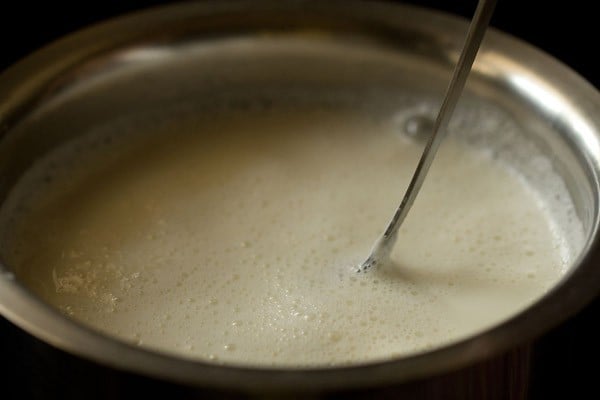
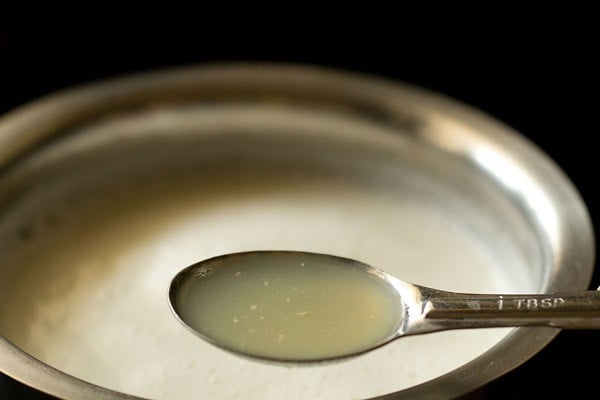
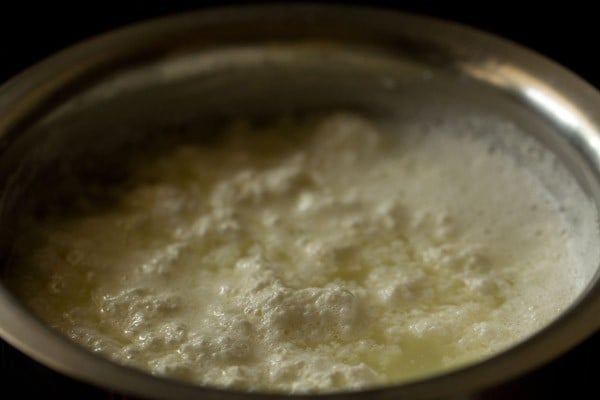


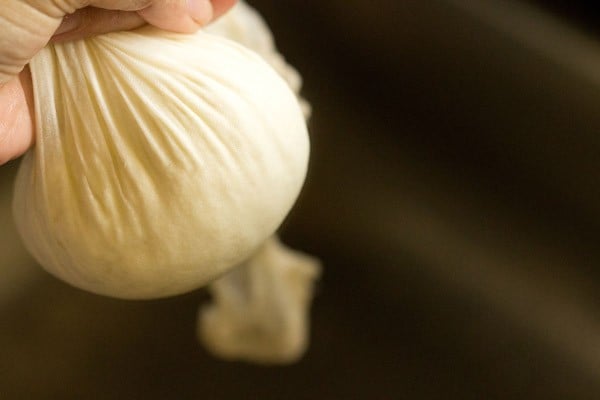
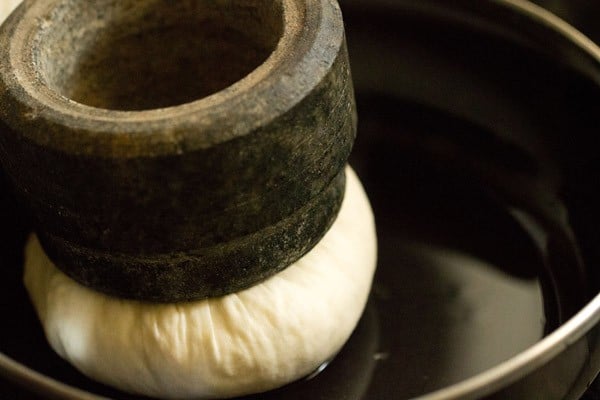
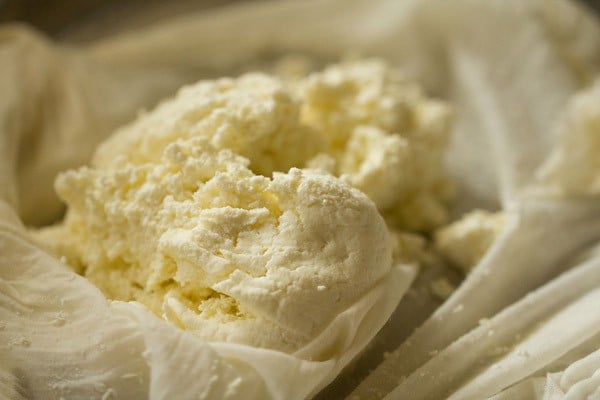
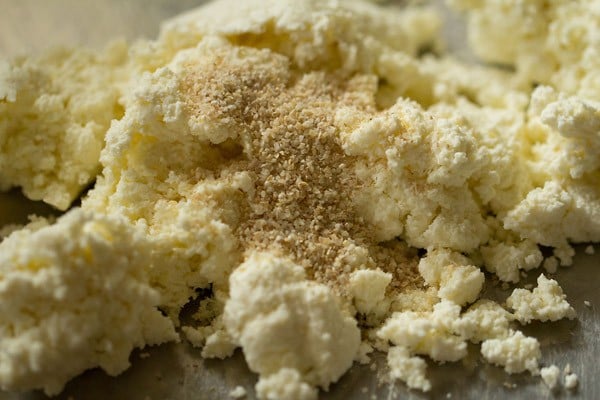
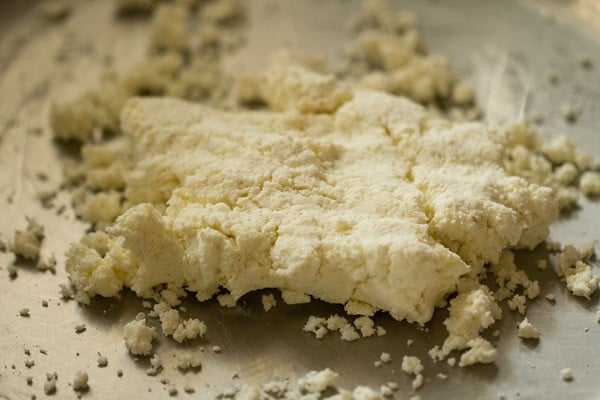
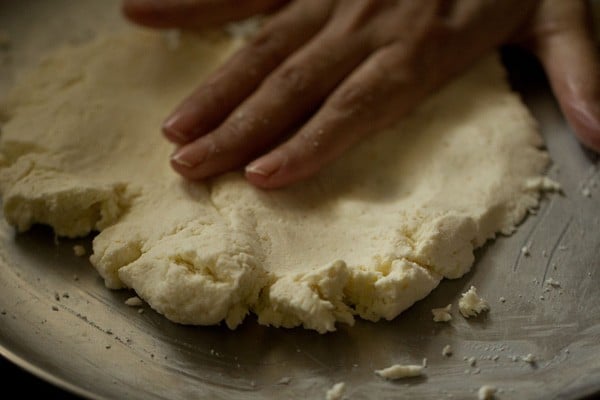
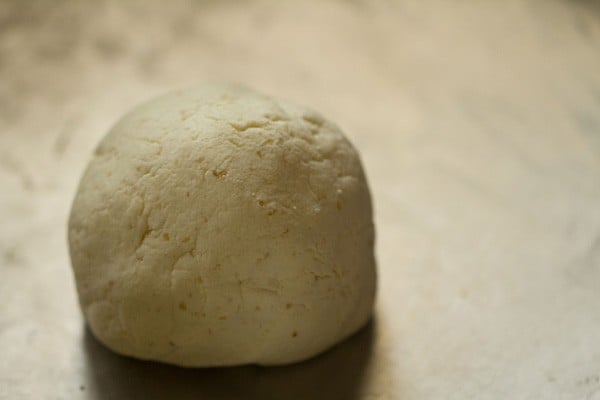

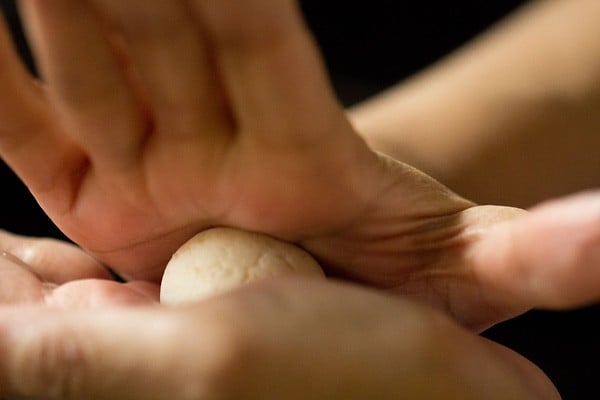
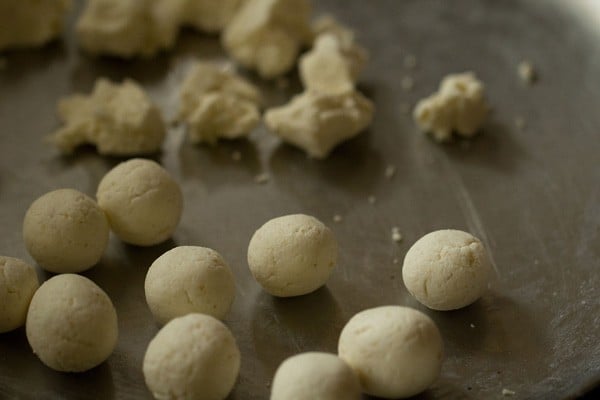
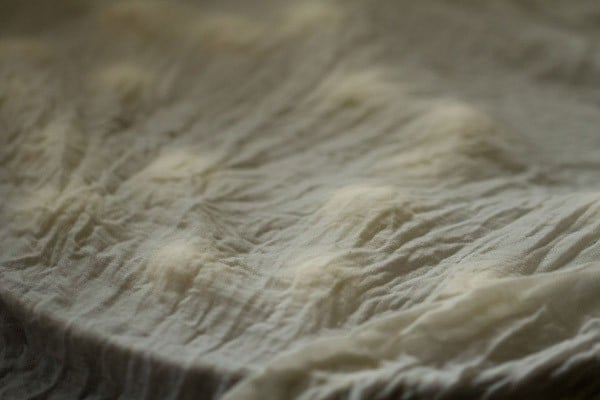

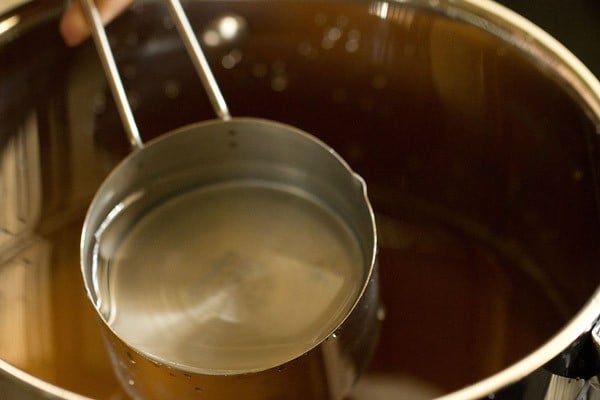
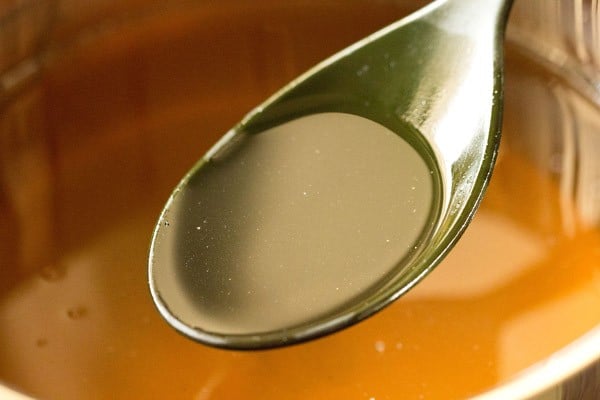
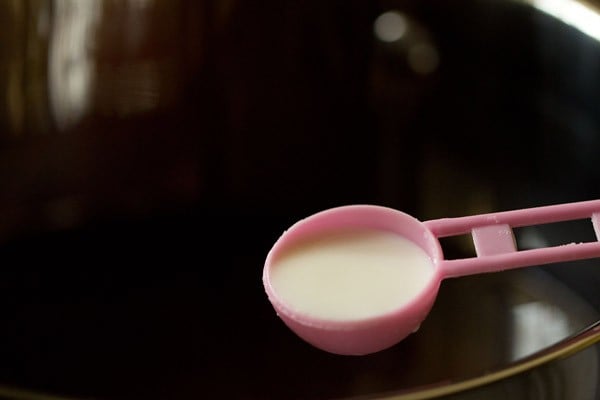
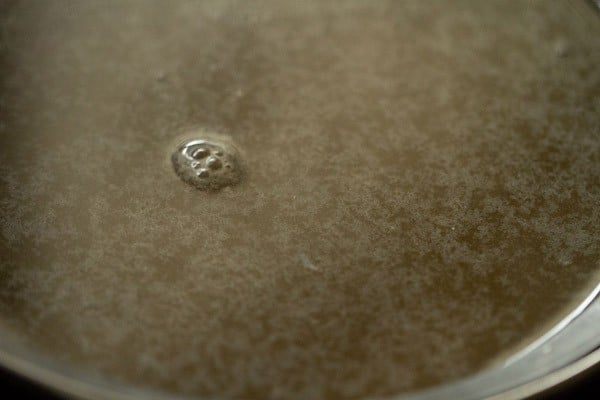
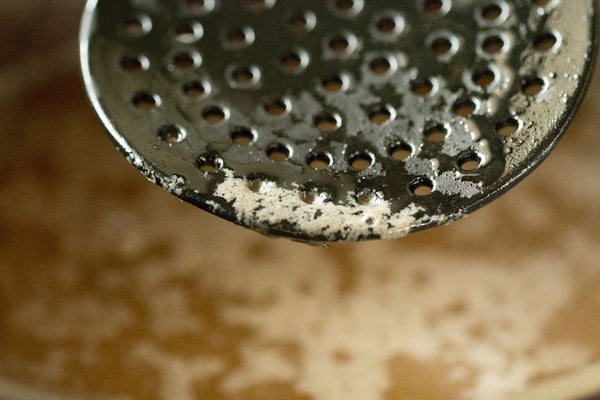
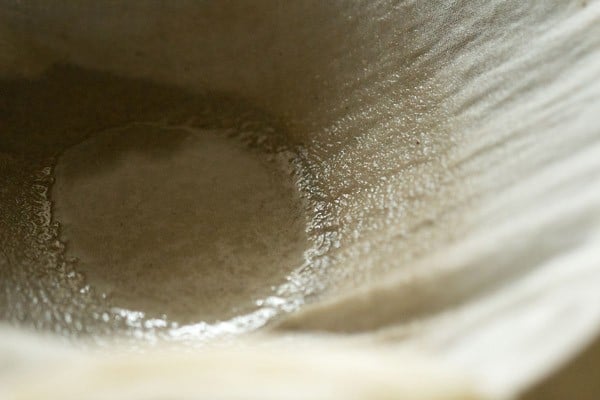
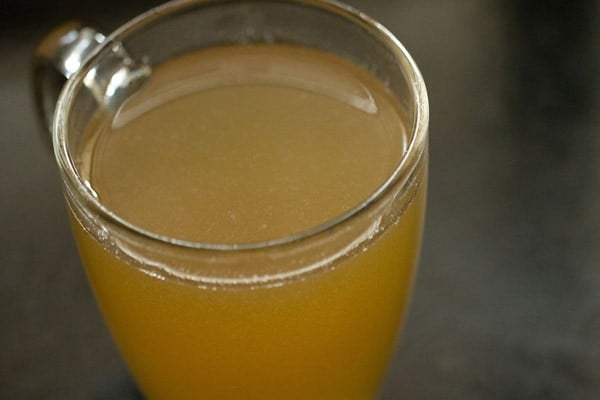
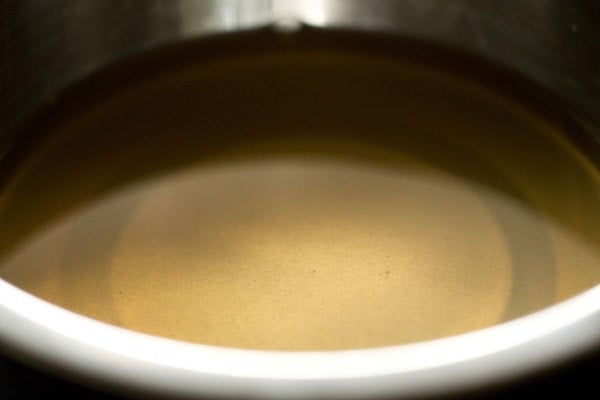
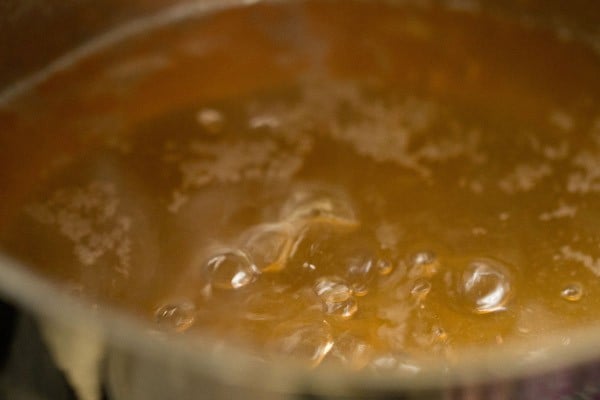
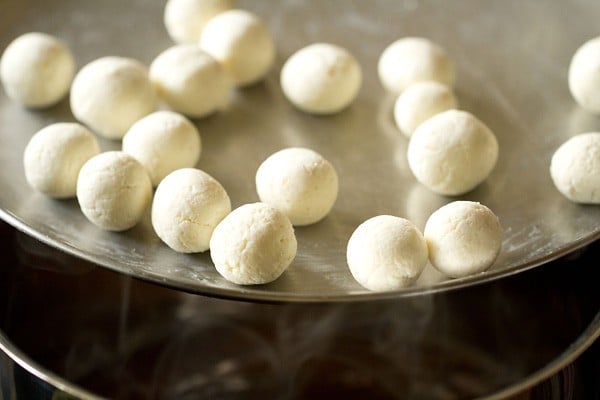
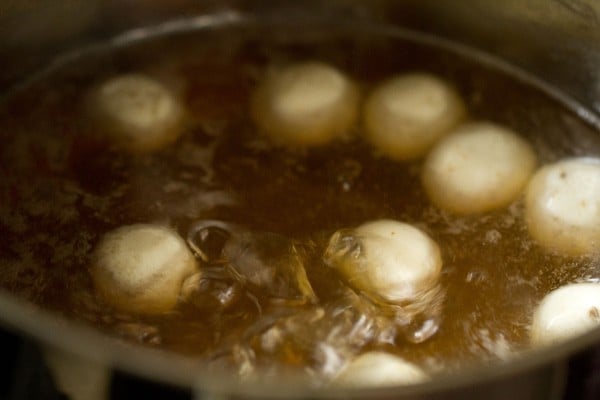
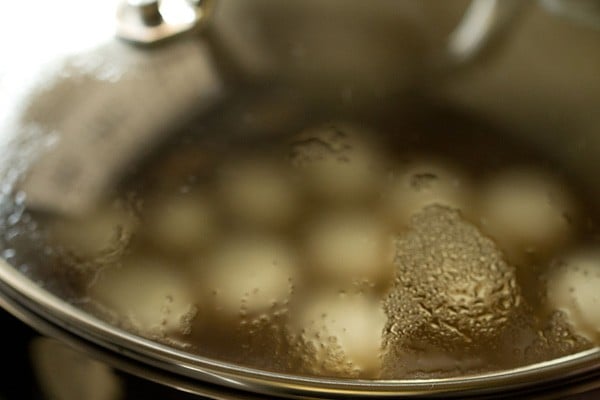
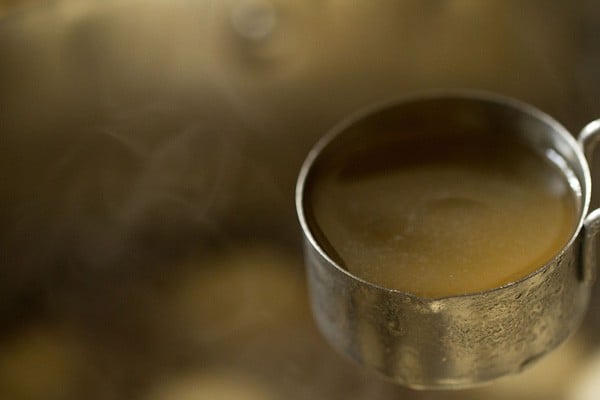
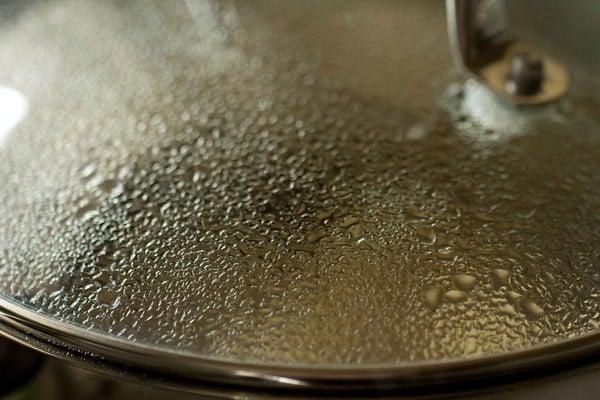
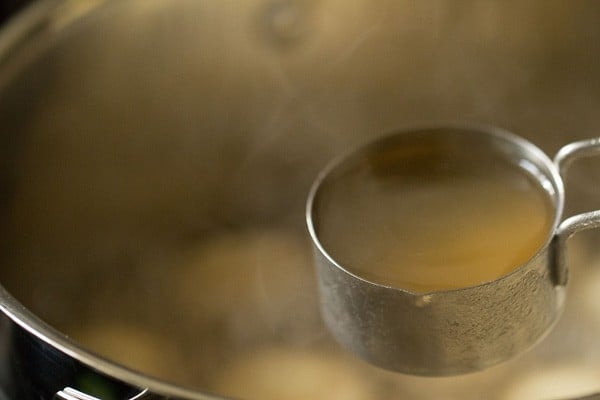
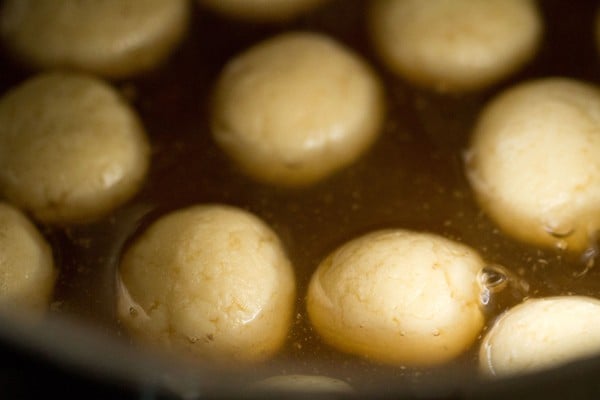
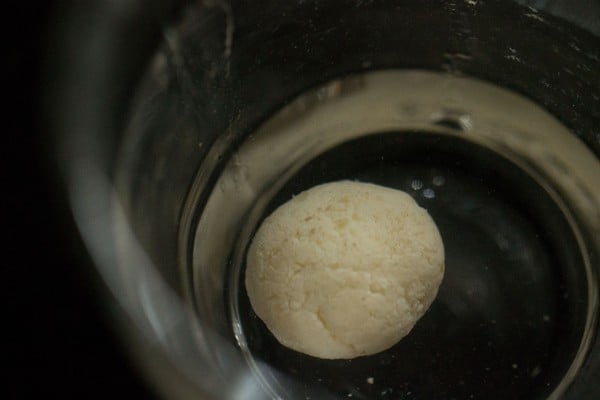
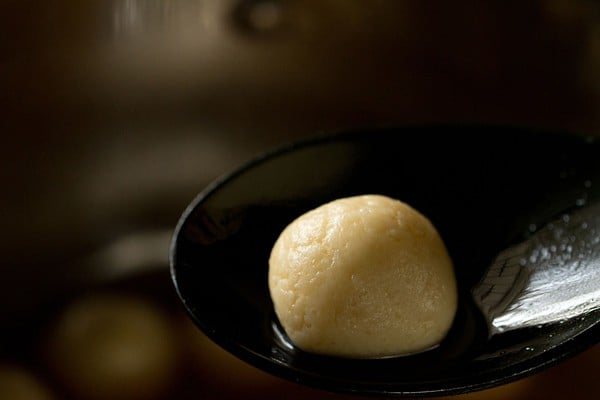
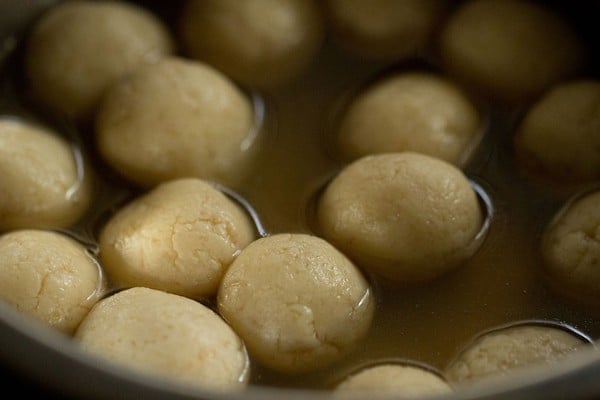
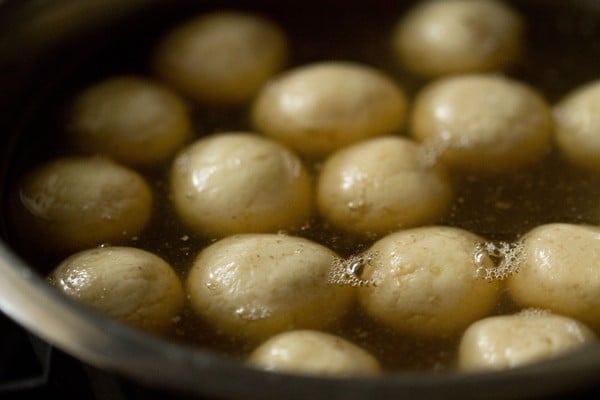
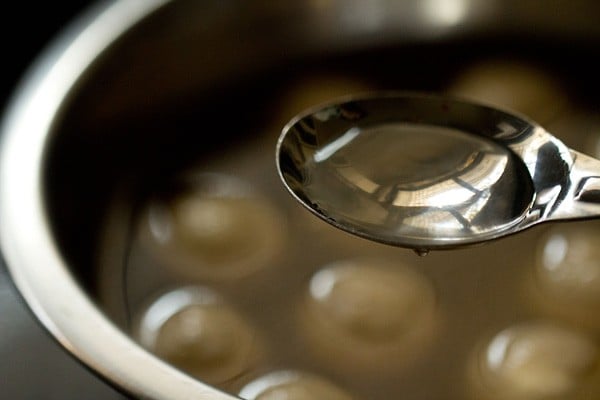
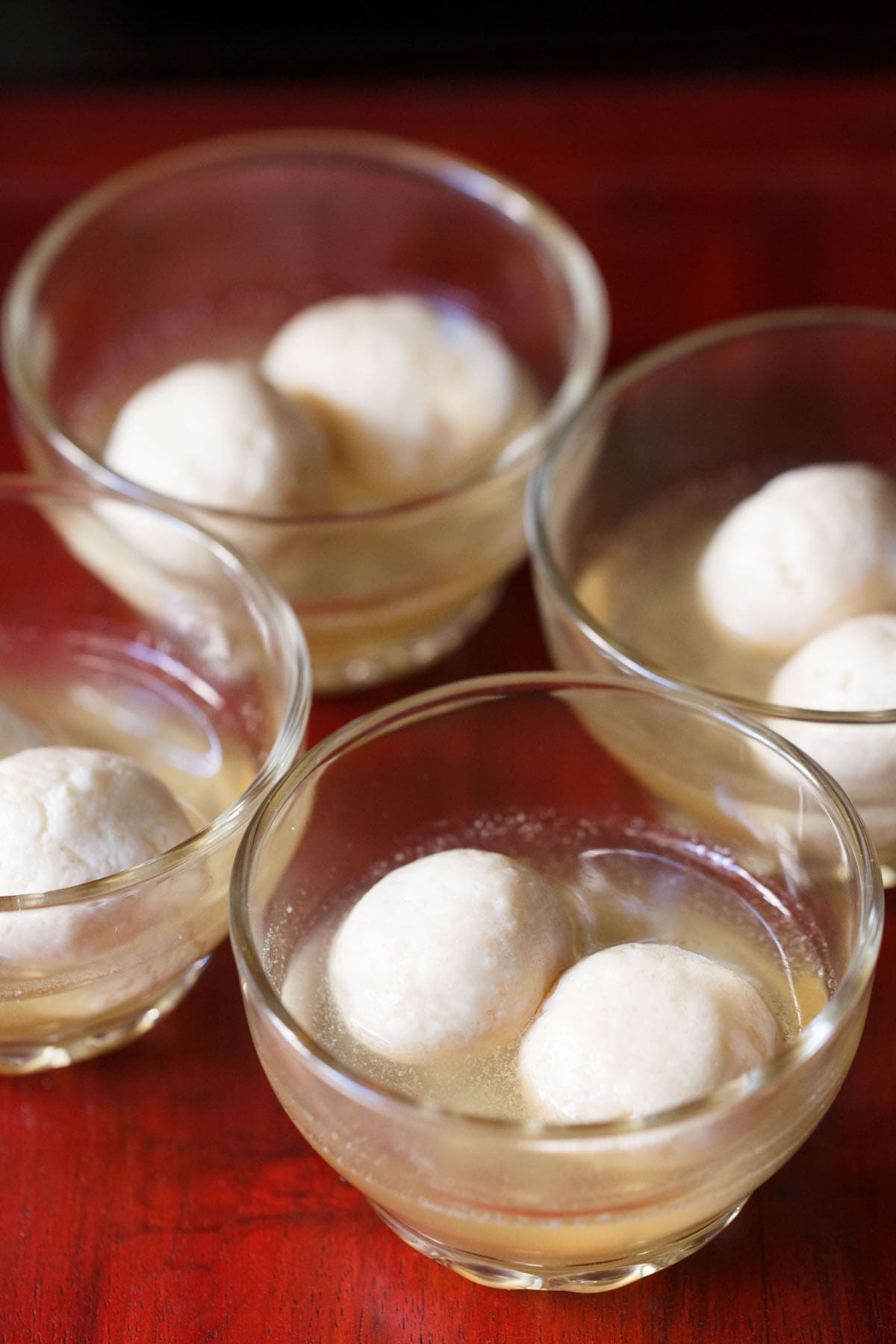
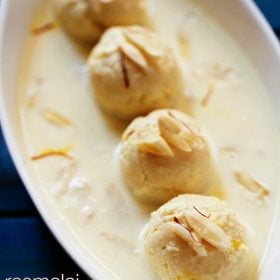
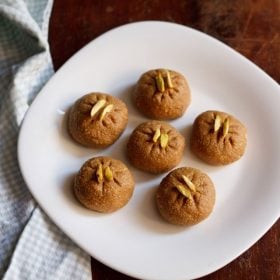
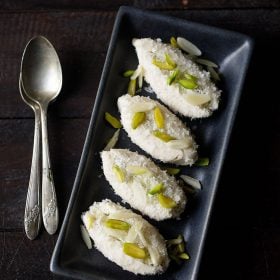
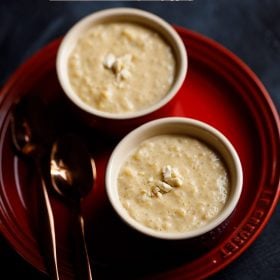
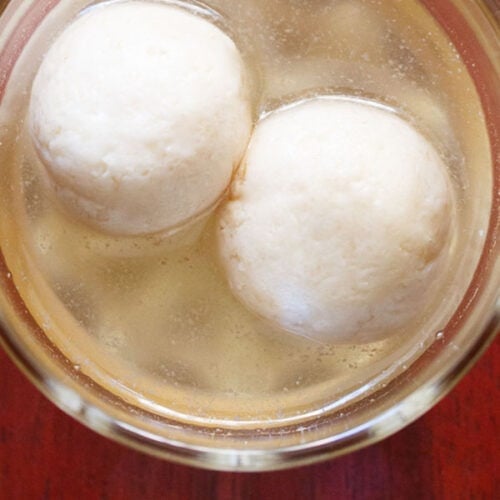
title: “Rasgulla Recipe How To Make Soft Rasgulla” ShowToc: true date: “2024-10-28” author: “Mario Bailey”
About Rasgulla
While the origin story of this treat is hotly contested in some circles, I know rasgulla to be a famous Bengali sweet made from milk. To make rasgulla recipe, milk is curdled and drained of whey to make chenna, which is essentially a fresh cottage cheese. The chenna is then kneaded with some semolina(rava or suji) or all purpose flour (maida). Round balls are made from the kneaded chenna, which are then cooked in sugar syrup. The final touch is to scent the syrup with either aromatic cardamom or rosewater. The end result of this process is a pot full of sweet, syrupy cheese dumplings that are downright addictive.
About This Recipe
Rasgulla is our favorite Bengali sweet. It is also one of those few recipes for which I have received a shocking amount of requests. Although making rasgulla can be tricky, this post will help you to get it right. After much trial and error, I have found that this method will result in the juiciest, spongiest dumplings! They’re so soft that they spring right back when you touch them. YUM! In this rasgulla recipe post, I offer many tips and suggestions wherever possible so that you can easily make this tasty milk dessert at home. These round white beauties stay good for a week in the refrigerator, so they are an excellent recipe for those of you who like to plan ahead. Serve them plain as a simple sweet, or make Rasmalai with them. This recipe yields 18 to 20 rasgulla.
How to Make Rasgulla
While this recipe isn’t particularly difficult, there are quite a few steps involved. I have divided the rasgulla recipe into four parts for ease of reading: On a side note, I kneaded the chenna and cooked the sugar syrup simultaneously to save time. You can opt to prepare the chenna balls first and then make the sugar syrup if you are feeling overwhelmed.
Make Chenna
- Take 1 litre of whole milk in a pan and bring it to a low boil on a low to medium heat. NOTE: I used organic cow’s milk, which does not have much fat. If you use buffalo milk, it has too much of fat and makes for a thick layer of malai/cream floating on top. You have to remove the thick layer of malai before you proceed with the making of chenna.
- While the milk is heating up, line a mesh strainer or colander with a piece of cheese cloth or muslin.
- Keep stirring the milk at intervals. This will help to prevent froth from forming on top and the base from scorching.
- When the milk comes to a boil, then reduce the heat to its lowest. Add 1 to 3 tablespoons of lemon juice. Start with just 1 tablespoon of lemon juice and stir very well. If the milk has not curdled completely, then add more. Keep the lemon juice handy so you can add it as needed. NOTE: Depending on the quality of milk, you may need extra acid to get the milk to curdle. Vinegar also can be added instead of lemon juice. Another option is curd/yogurt. Add 4 to 5 tbsp of yogurt (or more if required).
- As soon as the milk curdles, switch off the heat. The milk should curdle completely and you should see a green watery whey.
- Now pour the curdled milk in the cheese cloth/muslin lined strainer or bowl. TIP: The whey is very nutritious, so don’t discard it! Add it to your chapati dough or in dals or curries.
- Gather the muslin from the sides and rinse the chenna or coagulated milk solids very well in running water. This brings down the temperature of chenna as well as removes the lemony flavor and tangy taste from the chenna. NOTE: If you used yogurt/curd in place of the lemon, you don’t need to rinse the chenna in water.
- Now squeeze the muslin with your hands very well so that excess water is drained from the chenna. Any excess moisture in the chenna will cause the rasgulla to break when cooking.
- Place a heavy weight on the chenna for 7 to 8 minutes, or hang it for about 30 minutes.
- After the chenna is thoroughly drained, remove the cheesecloth. Think of chenna like Goldilocks – it should not have too much moisture nor be too dry. The texture below is just right!
Make Rasgulla Balls
- Add 1 teaspoon unroasted sooji, rava or semolina. The rava I had was coarse, but a finer one will also work well. NOTE: You can substitute all purpose flour/maida to bind the dough. For a gluten-free option, add 1 teaspoon cornstarch instead of semolina or all purpose flour.
- First mix the sooji with chenna and then begin to knead. If you see that the chenna is watery, then you have a bit too much water. You can add some maida (all purpose flour) so that extra moisture is absorbed. Alternatively, keep a heavy weight on the chenna again so that the extra water or whey gets drained. If the chenna looks crumbly and dry, then this means that you need some more moisture. To correct this, sprinkle 1 to 2 teaspoons of water while kneading.
- With the heels of your palms, mash the chenna and knead. Keep on collecting the chenna from the sides and continue to mash and knead. This kneading process is very important and also decides the texture of chenna. When you feel your palms becoming a bit greasy, it is time to stop. Just a bit of greasiness is required. Avoid kneading to an extent where the whole chenna becomes greasy. I kneaded for about 10 minutes as I have very light hands. Depending on the quality of chenna and the pressure you apply while kneading, you can take more or less time.
- Knead to a smooth ball of chenna which should be able to come together without breaking or falling apart.
- A close up photo showing you the texture of the chenna dough.
- Now pinch small portions from the chenna and roll them between your palms to a smooth round ball.
- Prepare all small balls this way. There will be some fine cracks on the chenna balls. Don’t worry! This is normal.
- Cover all the chenna balls with a moist muslin or kitchen towel and keep aside.
Make Sugar Syrup
- In a large pot, take 2 cups sugar. 20. Add 4 cups water (1 litre). Be sure to use a large pot or pan so that there is enough space for the rasgulla to cook and increase in size. You can also use a stovetop pressure cooker. I used a pot measuring 8.5 inches in diameter and 4.5 inches in height, roughly 3.5 litres. NOTE: I used organic raw sugar, hence the golden tones to it. White sugar will also work just fine.
- Heat the sugar solution on the stovetop over medium heat, stirring so the sugar dissolves. You don’t need to boil the solution. If there are impurities in the sugar solution, then move to the next step. If no impurities, then move to Step 25. NOTE: To save time, I kneaded the chenna and cooked the sugar syrup simultaneously.
- Add 1 tablespoon of milk and stir. Adding milk helps in removing impurities. If there are no impurities, then you don’t need to add milk and may directly proceed to step 25.
- Once the sugar solution becomes hot, the impurities begin to float on the top.
- You can either remove them with a spoon…
- Or choose to strain the impurities in a cheese cloth/muslin lined strainer. I prefer this method.
- Reserve ½ cup of sugar solution to add later while cooking the rasgulla.
- Reserve another 1 cup of the filtered sugar solution in a serving bowl.
- Add the rest of the sugar solution (approximately 2.5 cups) back to the same large pot and bring it to a boil on a medium high heat.
Cook Rasgulla
- Gently slide the rasgulla balls into the sugar solution.
- Once all the rasgulla have been added to the sugar solution, gently shake the pot. Don’t stir the rasgulla with a spoon.
- Cover immediately with a lid and let them cook. Keep the heat to a medium or medium high.
- After 4 minutes, open the lid and add ¼ cup of the reserved sugar solution. Shake the pot. Adding the reserved sugar solution ensures that the temperature and consistency of the sugar solution is maintained and the sugar does not cook to thread stage.
- Cover again and continue to cook.
- After 4 minutes, again add ¼ cup of the reserved sugar solution. Cover and again cook for 2 minutes. In total, the rasgulla balls cooked for about 10 minutes. After 10 minutes, they had increased in size and were done.
How to Know When Rasgulla Are Done
- You have to check the doneness while the rasgulla are simmering. Once the rasgulla are cooked through, switch off the heat and keep the pot down. The time to cook rasgulla will vary depending on the thickness and quality of pot; the size of pot; and the intensity of the heat. The time range can be somewhere between 7 to 11 minutes. So you can add the ¼ cup sugar syrup after 2 to 3 minutes also instead of 4 minutes. I used a thick bottomed wide and deep pot, so the cooking time was slightly more for me.
- There are two ways to check the doneness of rasgulla.
First method is to place the rasgulla in a bowl or cup of water. If the rasgulla sinks to the bottom and stays there, its cooked.Second method is to press a small portion of the rasgulla with your finger. If the pressed portion bounces back to its original shape, its done.
Soaking Rasgulla in Sugar Syrup
- Once they are cooked, take each rasgulla with a spoon.
- Place it in the serving bowl containing the reserved 1 cup of sugar solution. Cover and keep aside.
- Let the sugar solution in which the rasgulla were cooked cool to a warm temperature. Then add this sugar solution to the serving bowl containing the rasgulla.
- Once the whole mixture has cooled down, add 1 to 2 tablespoons of rosewater. Stir gently. Allow them to soak in the syrup for about 30 minutes, so that the flavors infuse the rasgulla. TIP: Some flavoring has to be added, otherwise you will get a milky taste in the rasgulla. In case the milky taste is there, then you can increase the amount of rosewater or add 1 teaspoon cardamom powder. NOTE: If you don’t have rose water you can substitute kewra water (pandanus water) or ½ teaspoon cardamom powder. You can even use both rosewater and cardamom powder.
Storage and Serving Suggestions
- You can serve the rasgulla now or refrigerate them and serve later cold. Keep them covered in an air-tight container. Rasgulla keeps well for about a week in the refrigerator. Do not keep them at room temperature. While serving place the required amount of rasgulla in each serving bowl. Pour a few tablespoons of the sugar syrup in the serving bowl. If you like garnish with some slivered nuts like almonds or pistachios. Please be sure to rate the recipe in the recipe card or leave a comment below if you have made it. For more vegetarian inspirations, Sign Up for my emails or follow me on Instagram, Youtube, Facebook, Pinterest or Twitter. Rasmalai Recipe | Rasmalai Sweet Sandesh Recipe Cham Cham Sweet Recipe | Chum Chum Recipe | Chom Chom Recipe Payesh Recipe | Nolen Gurer Payesh This rasgulla recipe from the archives, first published in Jan 2015 has been updated and republished on 30 October 2021.















































